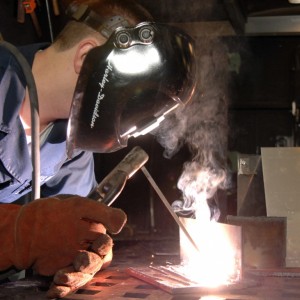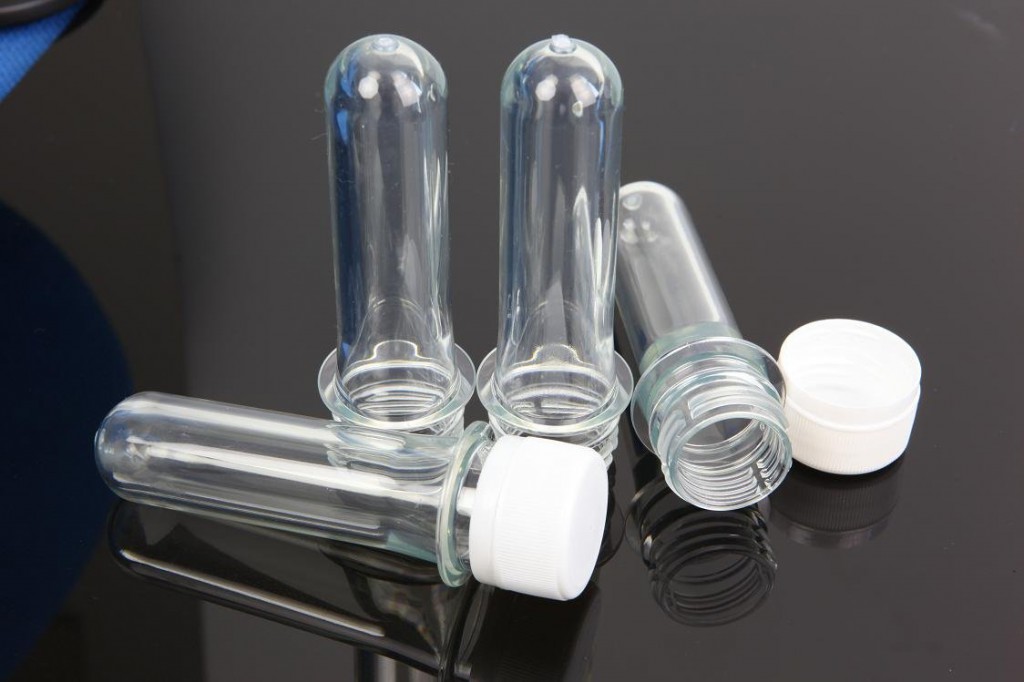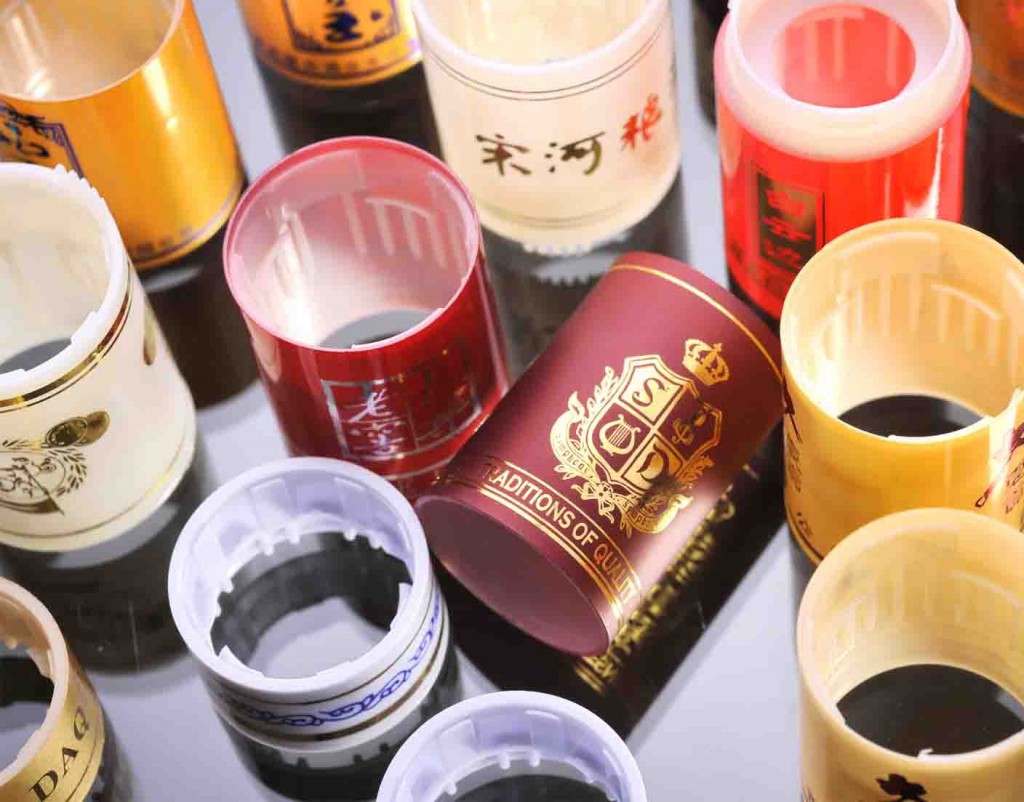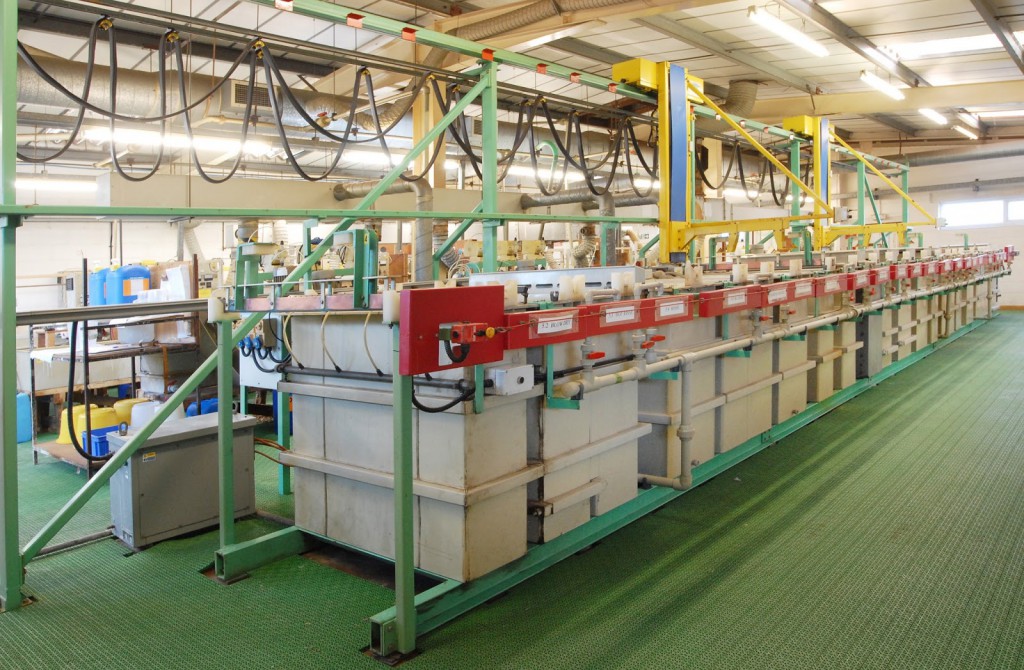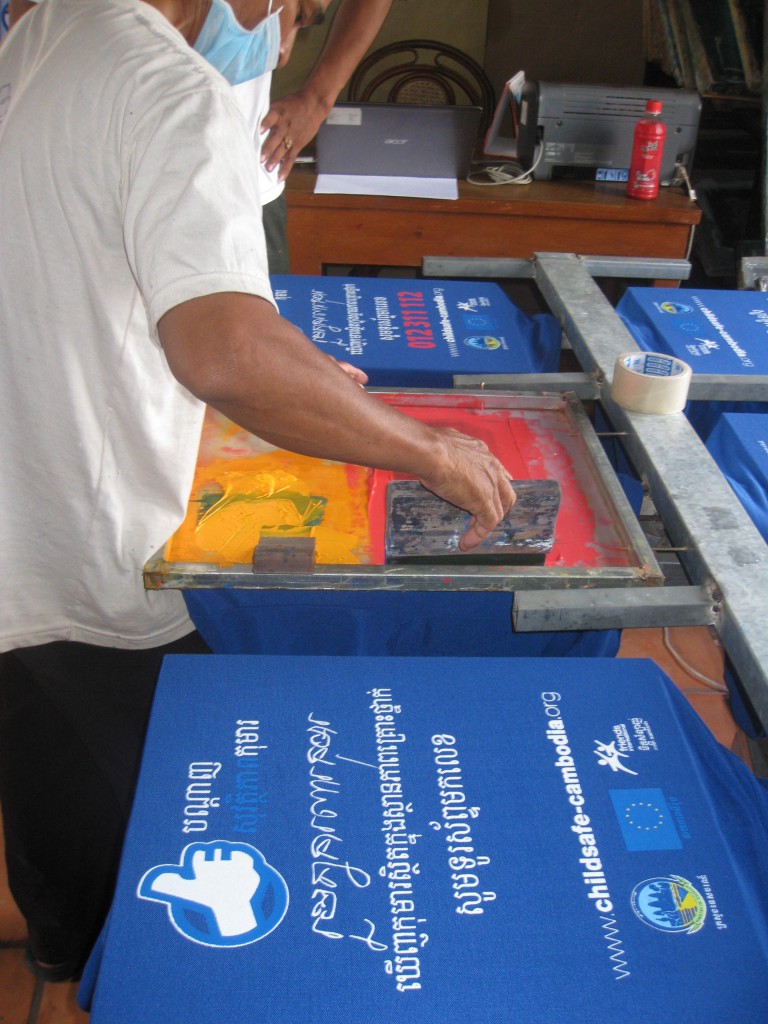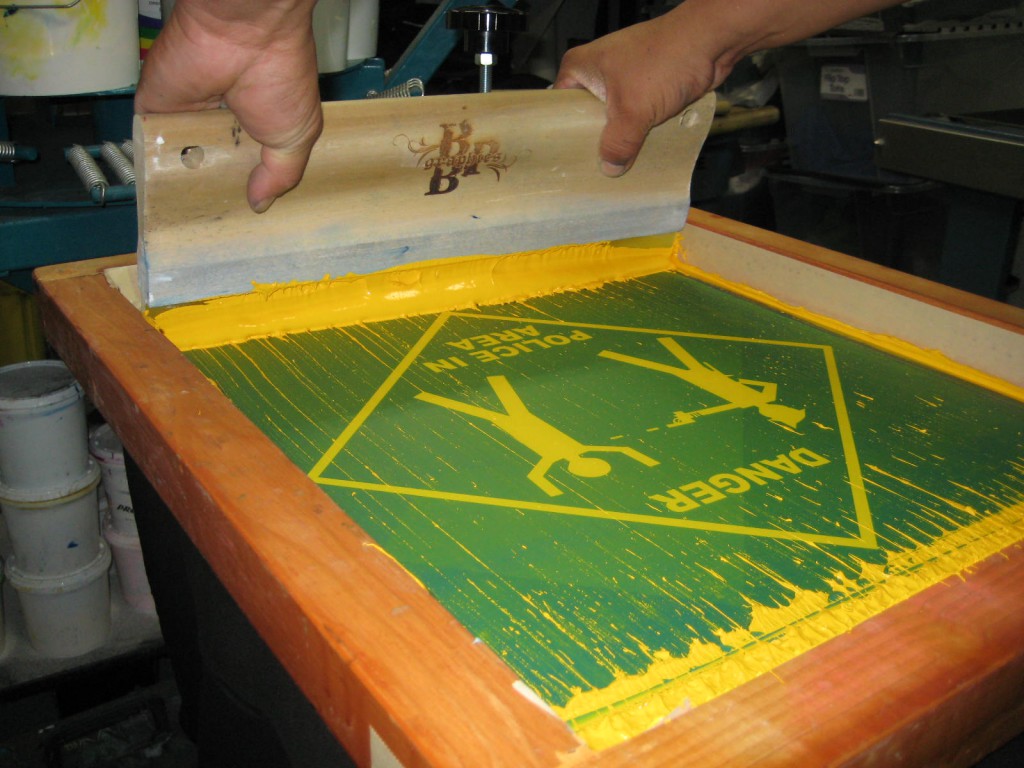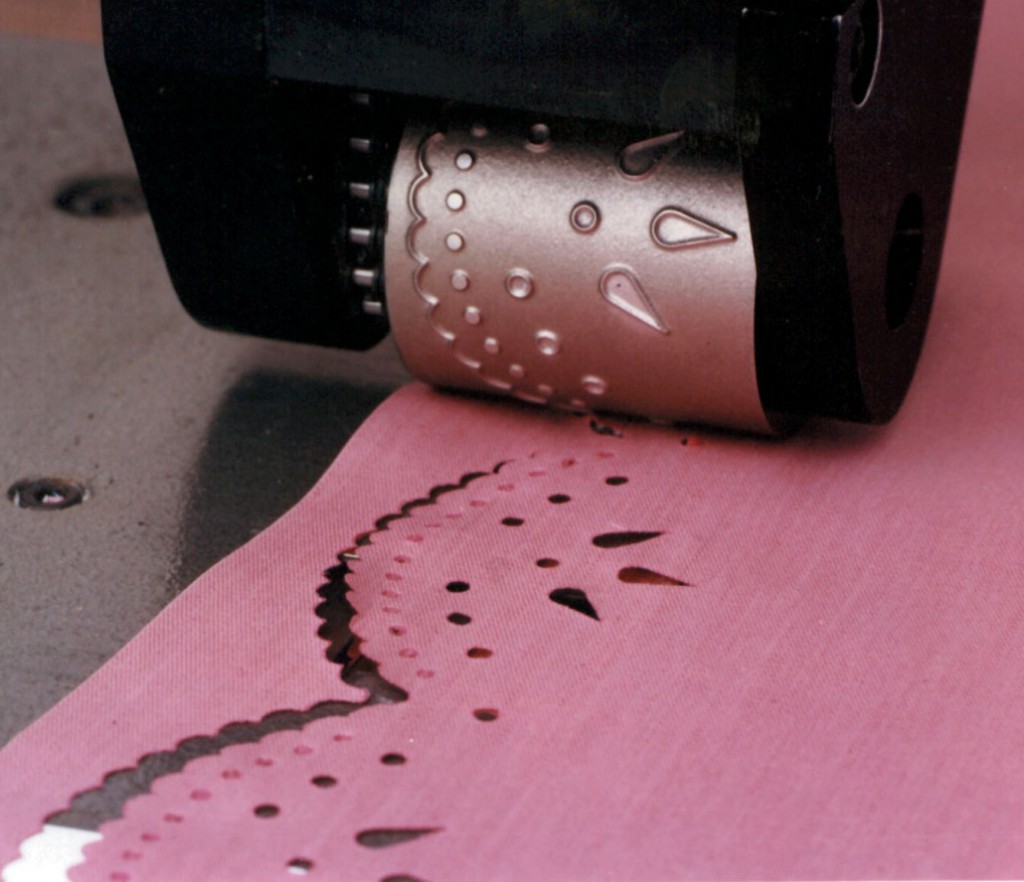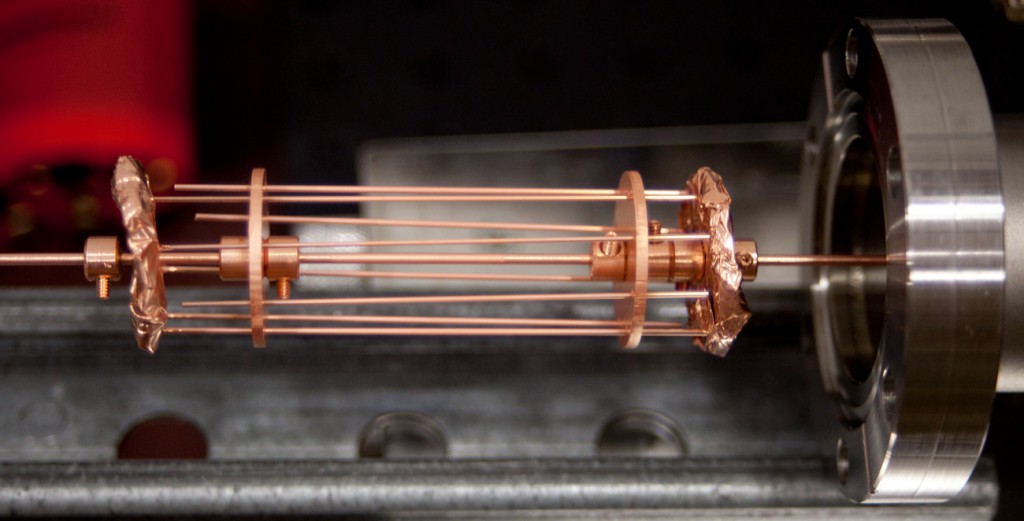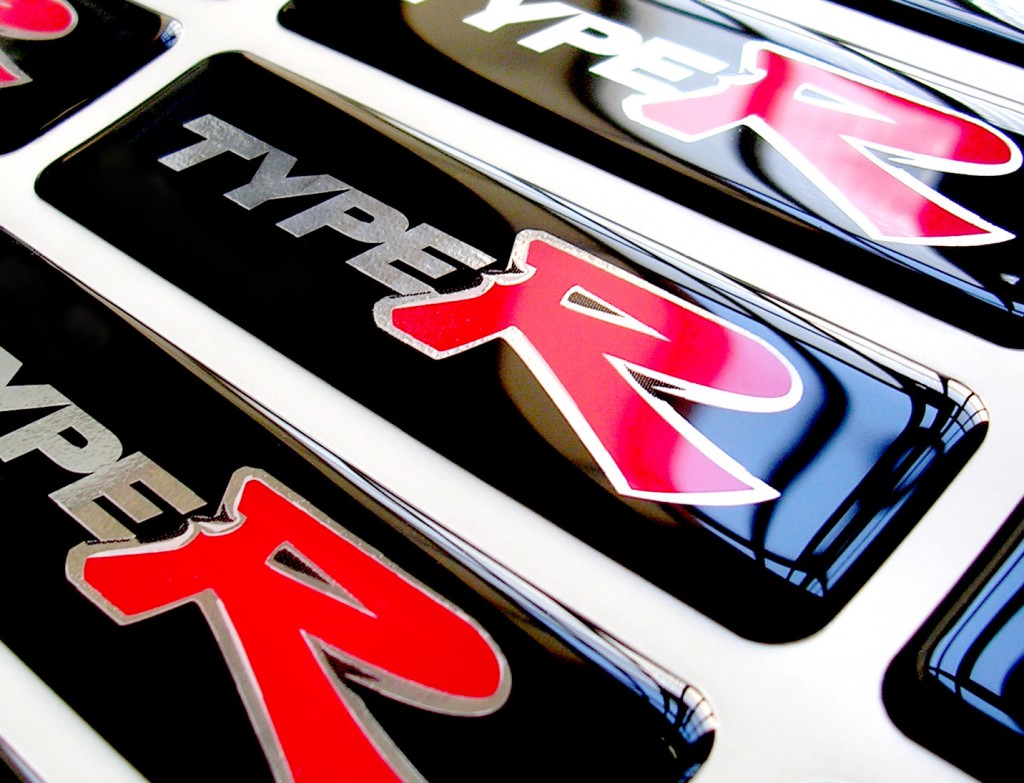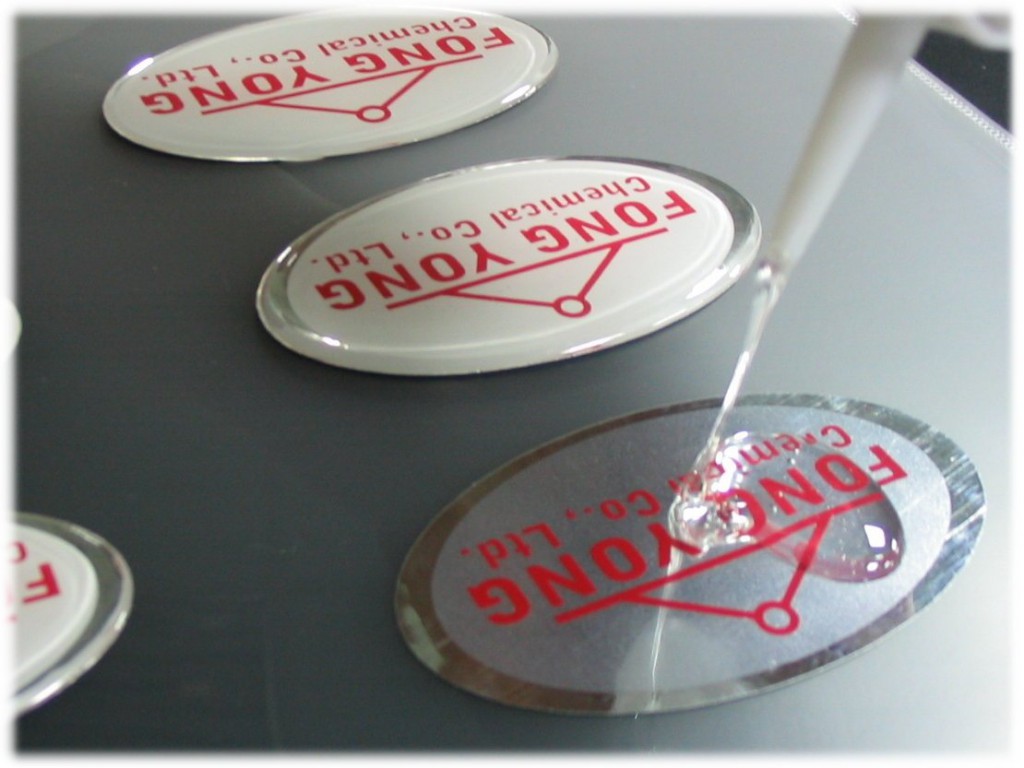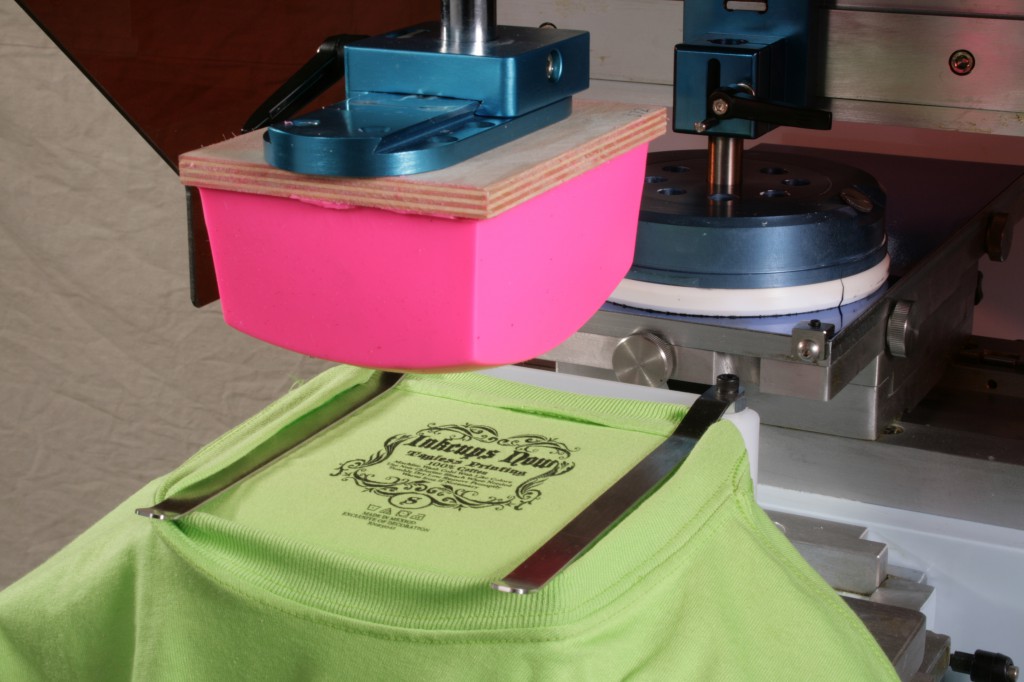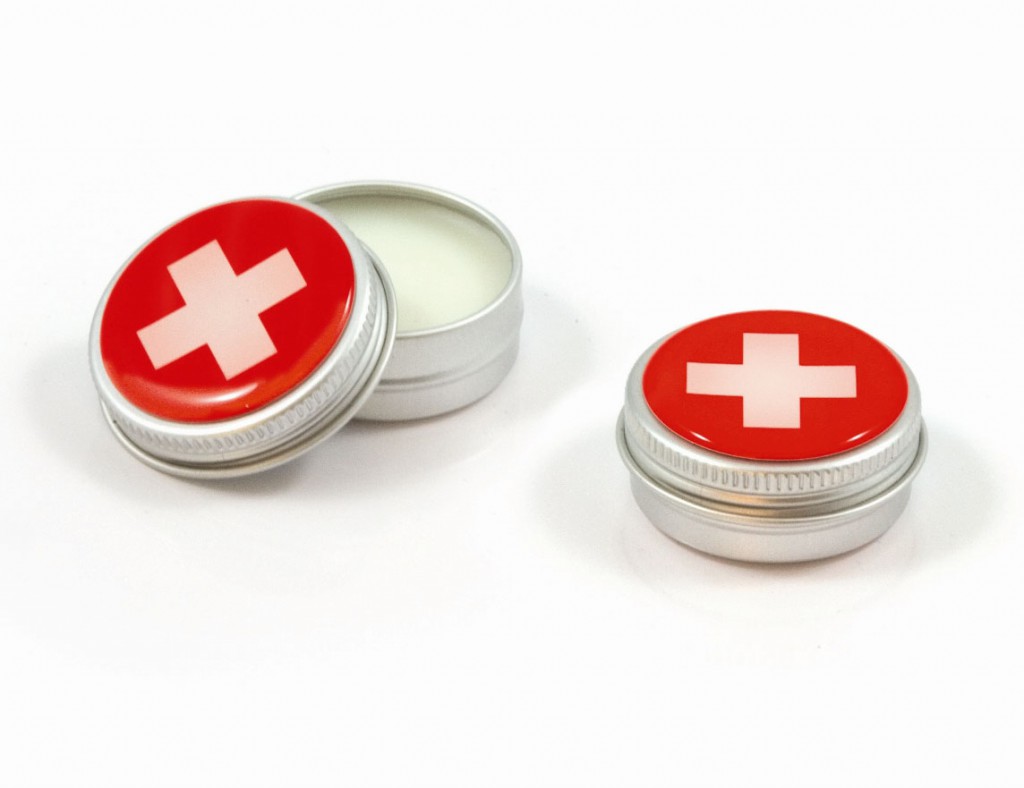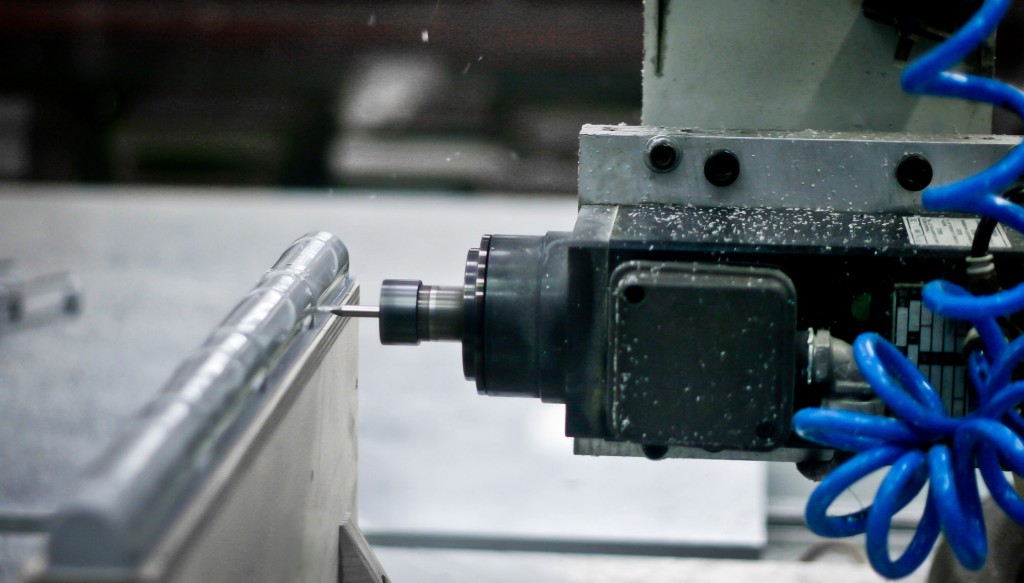It is commonly used in plastics industries especially for joining dissimilar plastics materials.
Ultrasonic welding equipment can be easily customized to fit the exact specification of parts being welded. The parts are sandwiched between a fixed shaped nest ( anvil) and a sonotrode ( horn ) connected to transducer and a 20khz low amplitude acoustic vibration is emitted.
The main components of the ultrasonic welding system are actuator, power supply, converter / booster and ultrasonic horn called the stack, part holding weld fixture/ jigs.
15khz, 20khz, 30khz, 40khz and 70khz are the common frequencies used in ultrasonic welding of thermoplastics.
When welding the two plastics components its design plays important role in melting process. Here one of the plastics material has a spiked energy direction which contacts the second part and ultrasonic energy melts the point contact between the parts creating a joint and this process is an alternative to glue, screw or fitting. Ultrasonic welding is considered as green technology.
Benefits of ultra sonic welding are that it is much faster than conventional adhesives or solvents. Drying time is very quick and the pieces do not need to remain in fixture for a long time waiting for the joint to dry or cure. Ultrasonic welding makes clean and precise joint and does not need any touch up to material and bond.
Ultrasonic welding is often used to build assemblies that are too small and complex or too delicate and is a cost effective method to join plastics and non ferrous metals.


